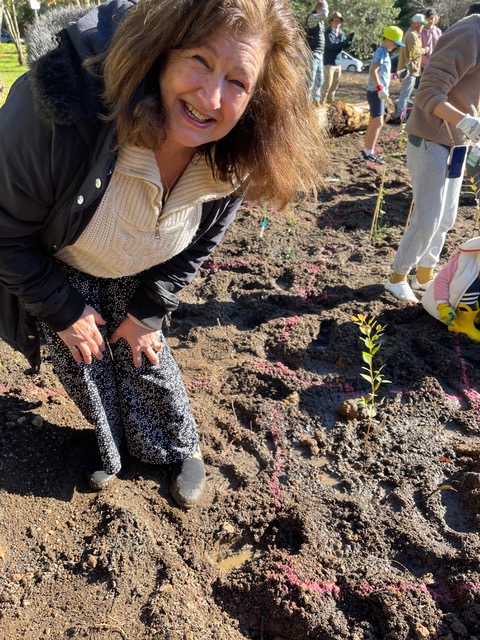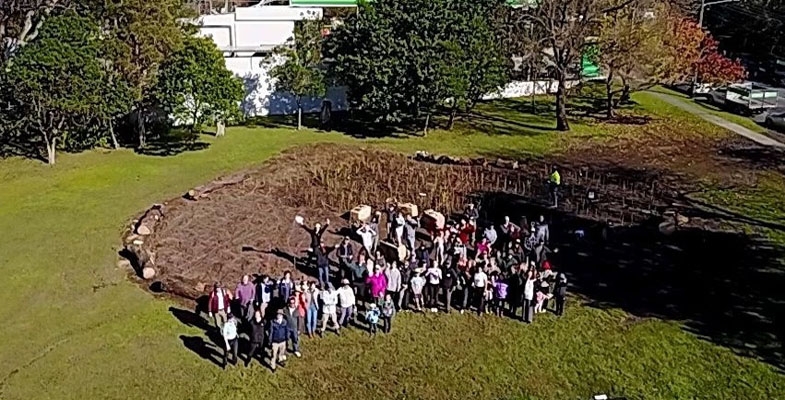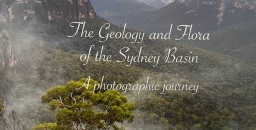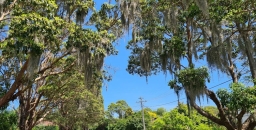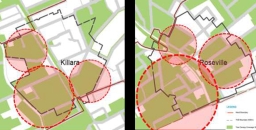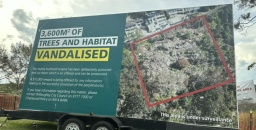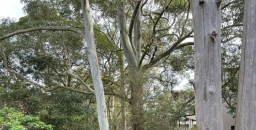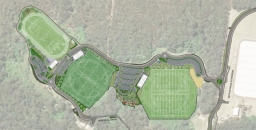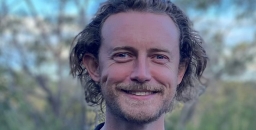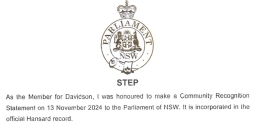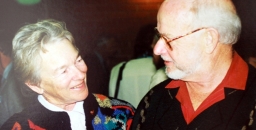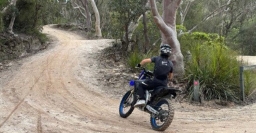The concept of a Tiny Forest was developed in the early 1970s by the Japanese forest ecologist, Akira Miyawaki, as a means of restoring degraded urban and industrial environments. The area to be restored can be as small as 3 m2 but is usually about the size of a tennis court.
The method involves the following steps:
- determine the plant species native to a given area;
- improve the soil by mixing in organic material;
- plant seedlings of native trees and understorey plants in a dense, mixed manner (about three seedlings per square meter) meant to simulate a natural forest;
- remove weeds from the site for up to three years after planting, if necessary.
After that, the grove is left to its own devices. Due to the dense planting, the seedlings grow quickly as they compete for sunlight. It is claimed that growth is about 10 times faster than in a natural forest.
Ku-ring-gai Council worked with Earthwatch Australia in partnership with BUPA to establish a tiny forest at West Pymble Village Green. About 70 locals joined in the planting day on 17 June 2024. A site was chosen that was large enough for the forest to cover a small part of the open space and not impact on existing users.
Council’s nursery provided approximately 980 native plants to grow the tiny forest and the Indigo Native Nursery provided a further 490 native species. Nursery volunteers have propagated and cared for these seedlings, which all belong to the Sydney Turpentine Ironbark Forest ecological community. Seed and cuttings were collected from local populations to ensure the tiny forest is suited to Ku-ring-gai’s conditions and ensure the continuation of wild plants.
The results of the tiny forest will be monitored with the help of citizen scientists and local schools. The research data gathered by the Earthwatch Tiny Forest program will go towards a global research project that looks at tiny forests from around the world. School children and communities monitor biodiversity, growth rates, carbon storage, thermal comfort, water infiltration, soil condition, social benefits and learn about the importance of local biodiversity to our lives.
Will this forest thrive in Sydney’s conditions?
STEP member and experienced bushcarer Janet Fairlie-Cuninghame has expressed doubts about the Miyawaki concepts achieving the claimed benefits in the Sydney environment. She points out that we have a very diverse plant community and local ecology; with very different climate, geology, soil types and plant ecology. Janet cites examples of projects run by the NPWS rangers that are well versed in working with the community on planting days. They use local provenance for planting material and a diverse species selection which grows quickly and establishes a natural balance of diverse structure and layers. Ground covers, shrubs and understorey are all important components to make a sustainable balance.
There is extensive discussion that provides a broader perspective about the use of the Miyawaki method. It has been successfully used to restore industrial sites in Japan and to create greener urban environments but has not been so successful in other countries such as India.
Time will tell how successful the project will be in Sydney.
Adrienne McLean has provided us with a personal perspective of the event
On a beautiful Sunday morning, the community of West Pymble and Ku-ring-gai gathered for a remarkable event: planting a tiny forest. Hosted by Ku-ring-gai Council, in collaboration with horticulturists, community scientists, and Earth Watch, this event was a testament to the power of community action.
The tiny forest project is a scientifically managed initiative with three distinct sections: two planted by event attendees and one by local schools. Each section uses different fertilizers and levels, providing a controlled environment for scientific observation. Children, parents, and locals enthusiastically participated, planting native species that we can all watch grow and flourish over time.
I’m especially excited to watch the eight plants I planted thrive. It’s going to be a joy to pass by this tiny forest and see how our collective efforts have taken root and grown.
